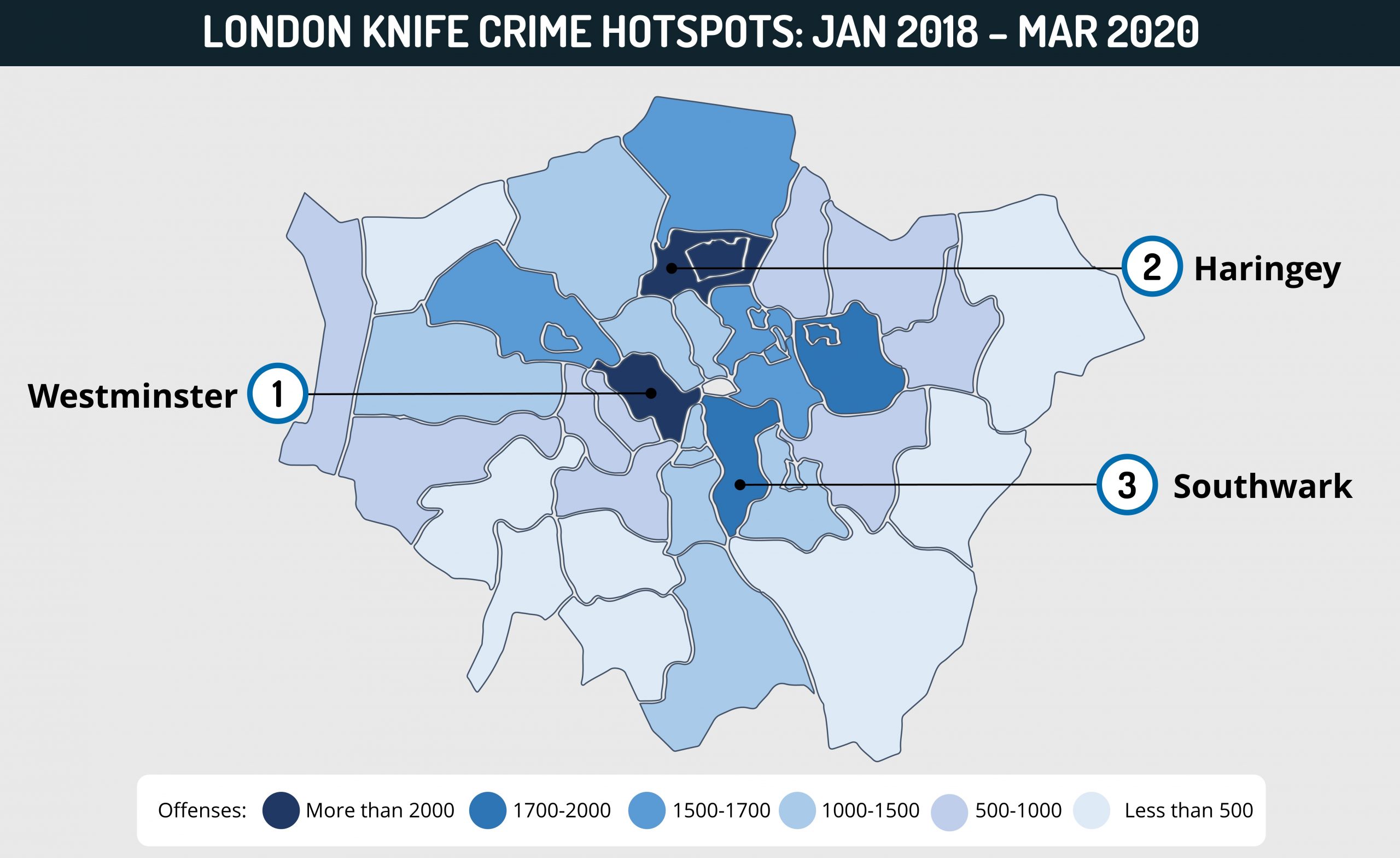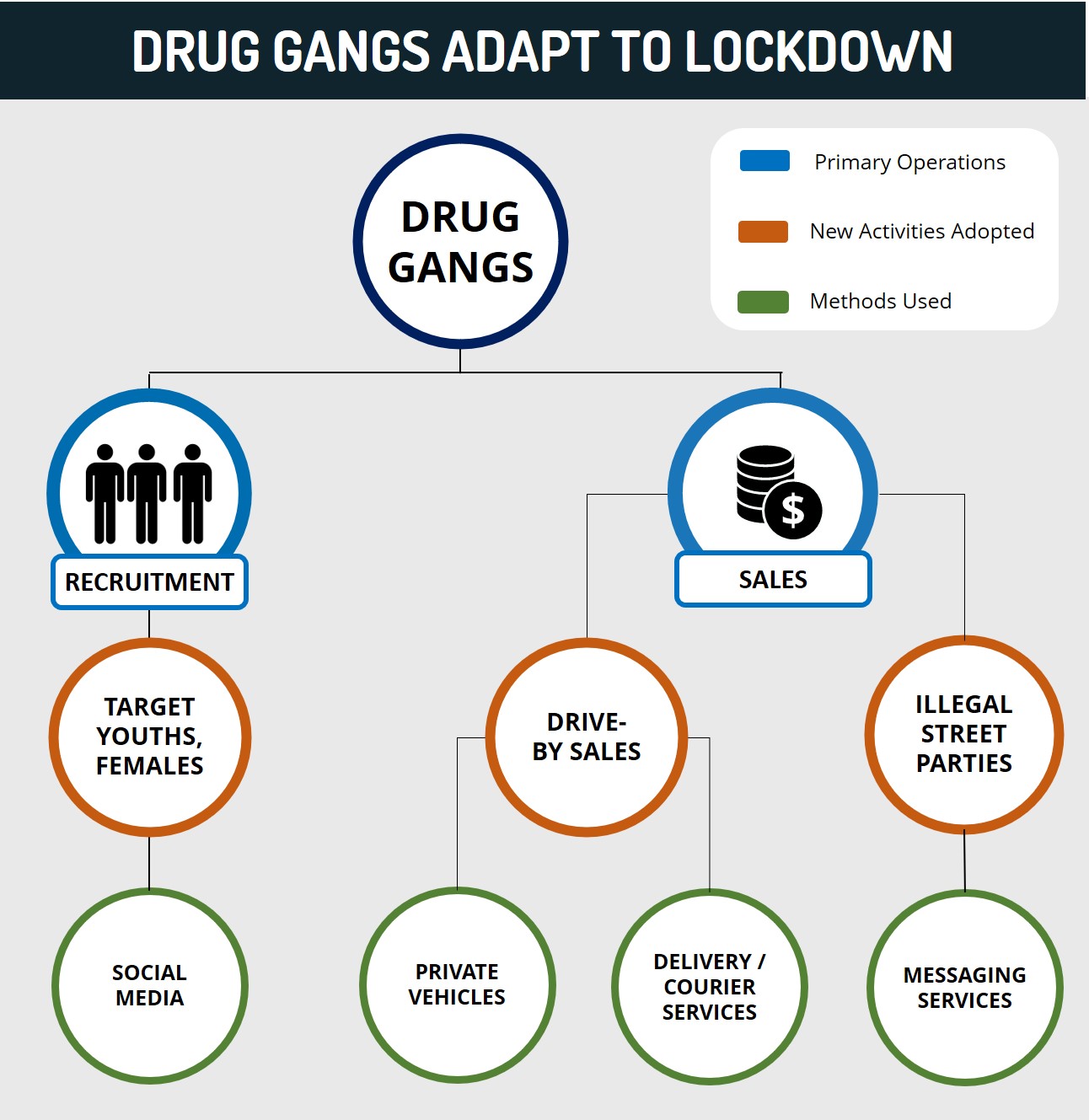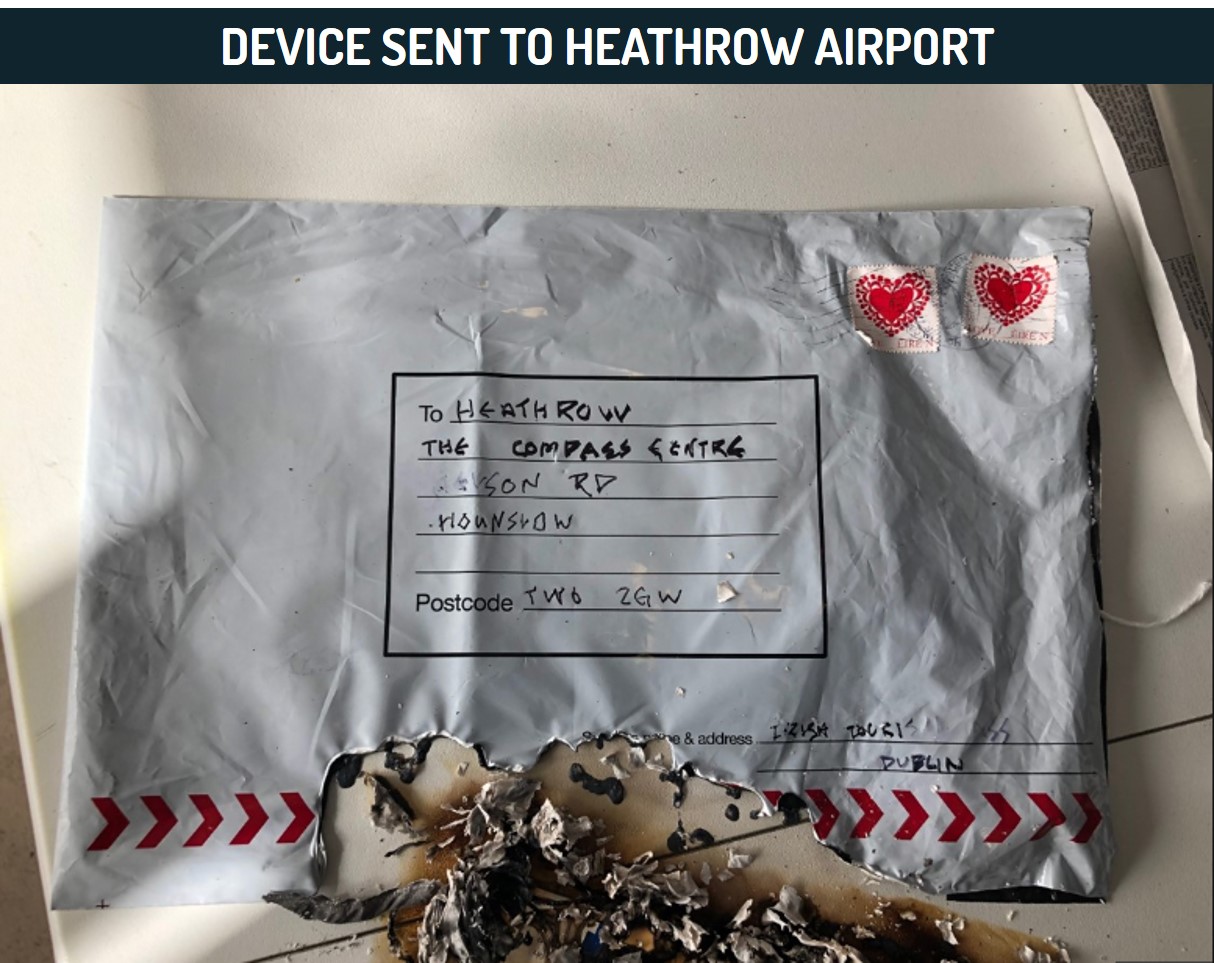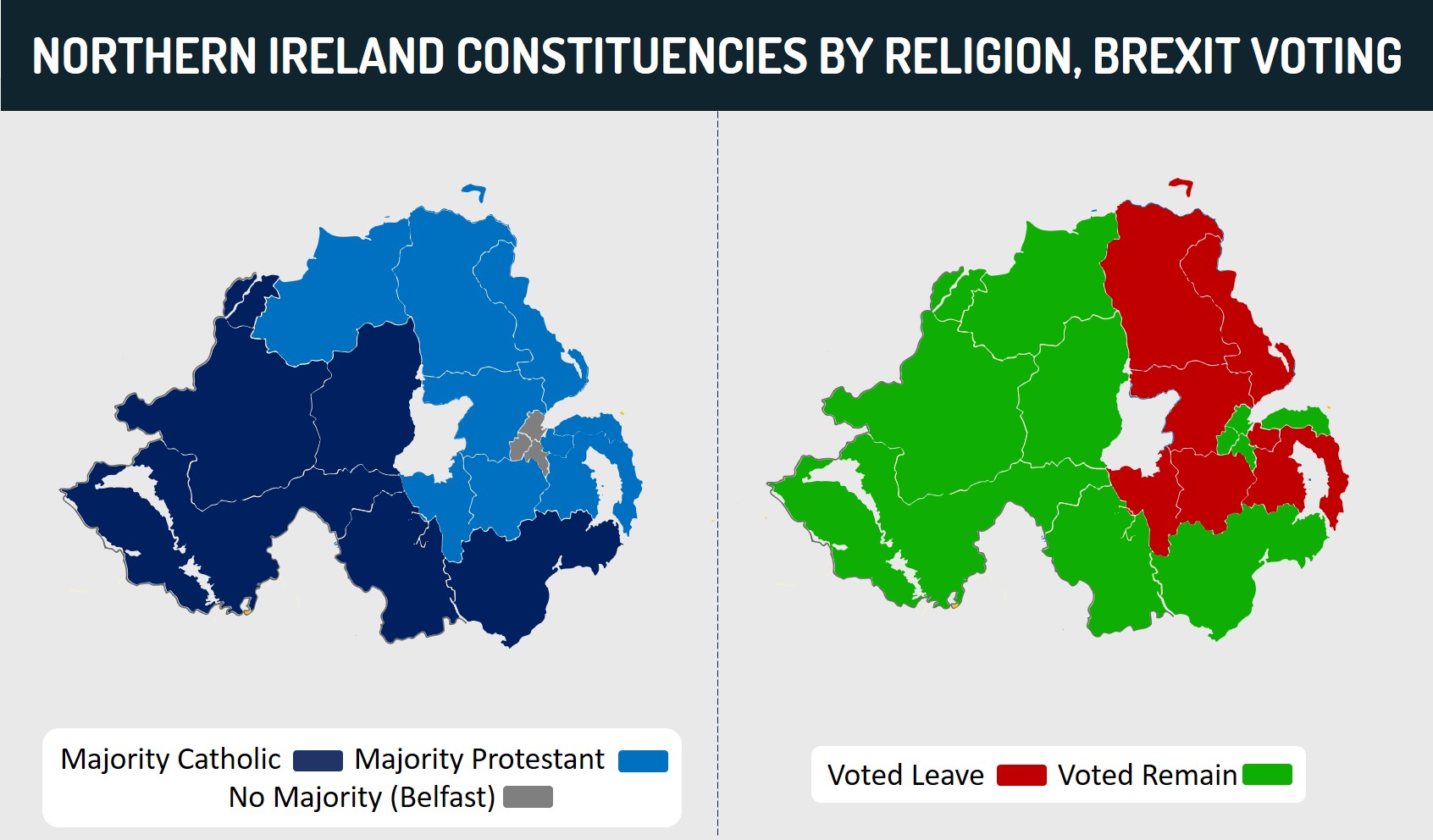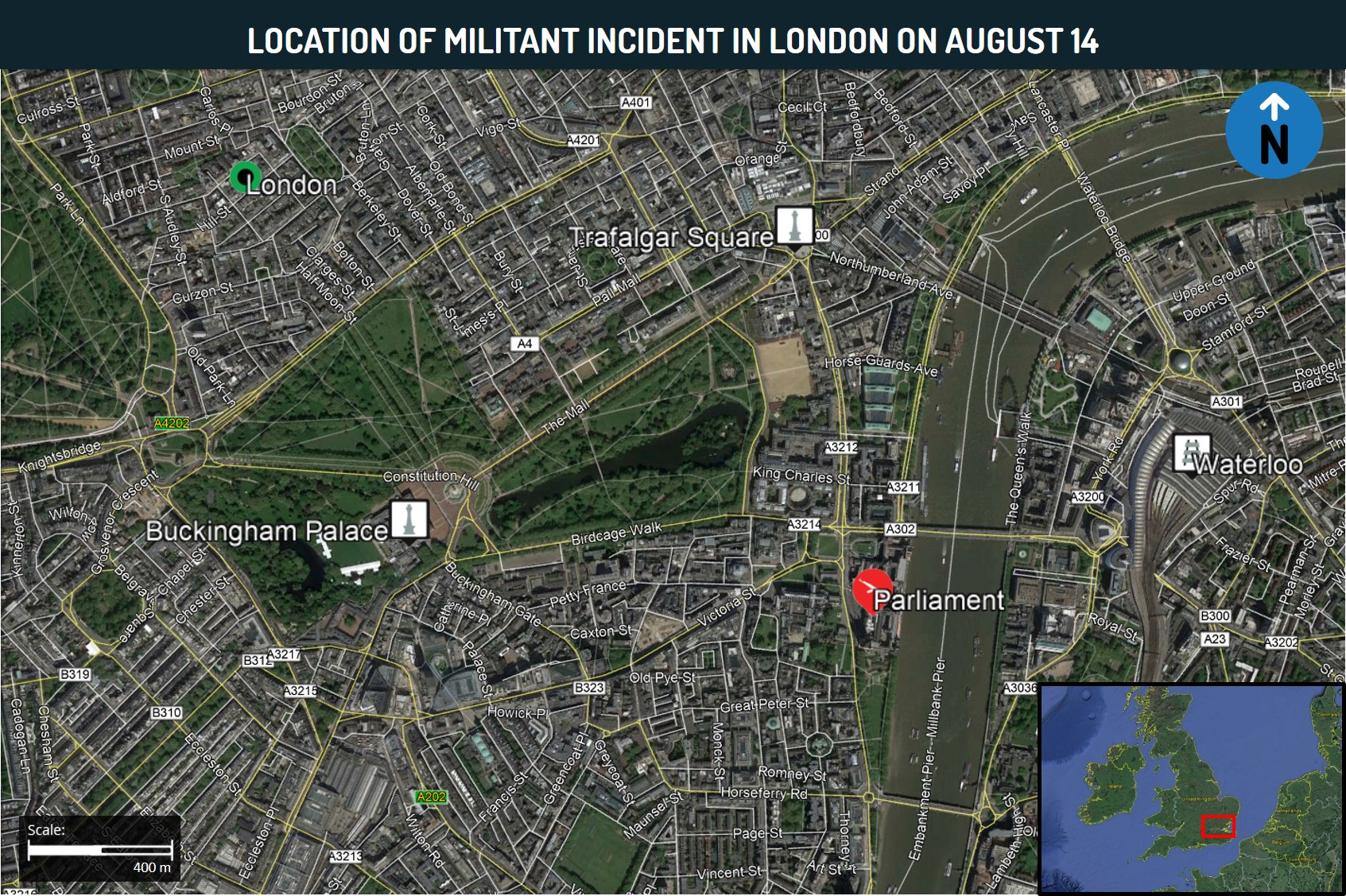Executive Summary
Police have warned of a significant increase in violent crime in London as lockdown measures ease.
Met Police statistics released in July show increases in drug offenses, knife crimes, and racist hate crimes in June following the easing of restrictions.
Opportunistic and violent crime is likely to be a major risk to those operating or residing in London over the coming months
Travel to London may continue while maintaining heightened vigilance for the expected increase in local criminal activity over the coming months.
Current Situation
Since COVID-19 related lockdown measures have been implemented in London, the Metropolitan Police (Met) have warned of marked increases in violent crime once lockdown measures ease. Police have warned of an increase in knife crime in London and a general increase in gang-related crime across the UK.
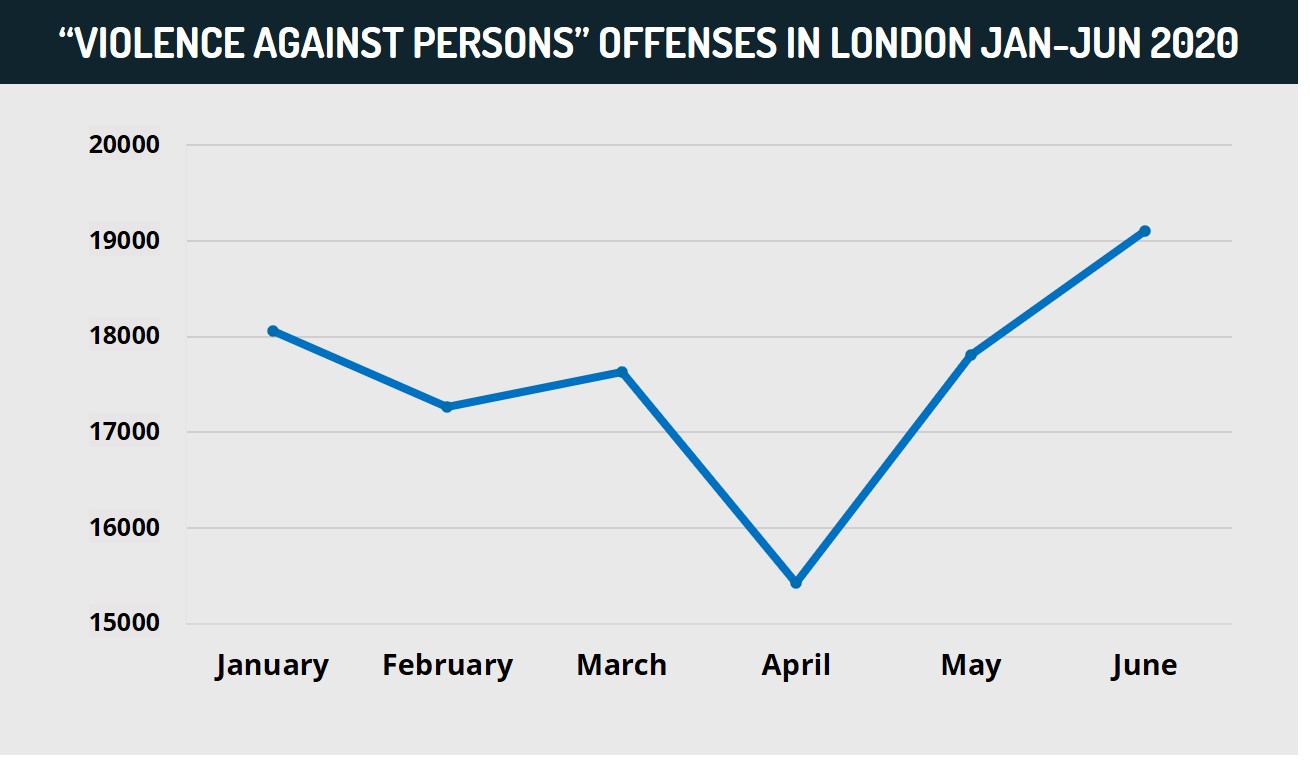
Knife crime increased in June by 28 percent compared to May. Knives have increasingly become the preferred method to settle scores between gangs, carry out opportunistic robberies, assaults, gang initiations, intimidations, and homicides. Youths are also often paid to carry out certain activities. Overall, knife crime gradually decreased from January until April. Although they have since increased, the June numbers remain below the six-month average. Newham recorded the highest number of knife crimes followed by Haringey in the past six months.
Although thefts remained below the six months average, they rose by 28 percent in June compared to May. Burglaries targeting residences and businesses steadily increased by 11 percent in June, however, remain below the six months average. Westminster is the worst affected by burglaries targeting businesses while the boroughs of Barnet and Enfield recorded the highest number of offenses against residential properties.
Drug offenses, which include possession, as well as trafficking, rose in May by 26 percent before dropping in June by 28 percent, although was still up 15 percent from June 2019. In particular, the borough of Westminster recorded the highest number of arrests for drug trafficking. During the lockdown, local-level drug dealing evolved to adopt innovative tactics to avoid attention. Instead of dealing on the streets that would have risked being flagged by passing patrols, gangs resorted to taking orders on social media, dropping off the drugs in letterboxes via couriers, or conducting drive-by sales.
According to the Met, racist and religious hate crimes, which include physical assaults, verbal abuse, and incitement to hatred and cover crimes against the LGBT community, Islamophobia, and anti-Semitism, increased by over 80 percent between April and June. Westminster followed by Southwark, Lambeth, and Hackney were among the worst affected boroughs. These have sharply increased by 51 percent in June compared to May and are well above the six months average.
Notable Criminal Incidents
On July 2, The National Crime Agency cracked a secret communications system used by organized crime groups to trade narcotics and weapons, called EncroChat, in a transnational operation with French and Dutch police, and Europol. The operation led to 746 arrests in the UK, including two law enforcement officers. Large amounts of cash, narcotics, and weapons were seized.
On June 27, two individuals were stabbed in Clapham Common near a kosher bakery during the evening hours (local time). The incident occurred during an illegal street party against COVID-19 restrictions in the area.
In June, the Black Lives Matter (BLM) protests in London recorded unrest and clashes between BLM protesters and opposing far-right groups and the police. More than 100 people were arrested at the June 13 rally on charges of violent disorder, assault of officers, possession of an offensive weapon, and possession of drugs.
Assessments & Forecast
Lockdown measures significantly shifted crime trends, with easing seeing sudden increase and return to previous levels
As knives became the preferred weapon for a variety of criminal activities due to the easy availability and concealment of the weapon, the aforementioned statistics are directly related to the effects of the lockdown. The steady increase in knife crime is likely due to individuals adapting to the ‘new normal’ as lockdown measures are gradually eased, given that previously, the drop in people being outdoors, especially at night, increased the risk for gang members to operate outdoors, immediately being considered suspicious or open to police checks for breaking lockdown. That individuals were allowed outdoors in groups of up to six people and congregate in public spaces such as gardens and other private outdoor spaces from June 1 supports the assessment as it allows for criminals to again operate with reduced suspicion.
The change in rates of thefts and burglaries is directly dependent on the lockdown measures as they tend to be more opportunistic in nature, with individuals spending more time at homes. Given that major decreases in thefts targeting businesses and residences were recorded in April, when London was under a strict lockdown and saw a heightened police presence on the streets, supports the assessments and as curbs on movement are gradually being lifted, instances of burglaries steadily increased, supported by nonessential businesses being permitted to reopen as of June 15.
The May and June increase in racist and religious hate crime was likely influenced by misinformation campaigns by a range of actors, such as foreign states or foreign or domestic far-right groups, promoting xenophobic notions, exacerbating the deepening of political polarization in UK society, which is reflected in the anti-racism protests. Claims that the virus was caused by “foreigners” or that religious groups have not upheld lockdown measures were promulgated among online forums.
That the statistics suggest a decrease in organized crime activity in June is likely directly related to the COVID-19 lockdown measures, which saw inter-gang rivalry shift to online platforms and social media as domestic operations and international trafficking routes were disrupted. However, that regions in the UK are responding to the crisis in differing ways provides rival gangs the opportunity to expand in each other’s area of operations without immediate repercussions, signaling potential turf wars in the medium-term.
Violent, opportunistic crime to be an increased risk going forward due to economic fallout of lockdown
The economic and political impact of the COVID-19 crisis is expected to affect various crime trends into the medium and long term. Given that individuals from low-income neighborhoods are likely to be disproportionately affected by the expected economic downturn, the major risk to individuals in London in the immediate future is likely to come from opportunistic crimes, such as armed mugging and racist attacks, with knives remaining the preferred weapon for attacks.
Fluctuations in rates of thefts and burglaries are expected. In the immediate term, that the police have long regarded summer months in London to record higher instances of thefts, a bolstered security presence in potential target locations or quick response to these incidents is expected. As people return to normal patterns of activity, theft, and burglaries are liable to return to previous norms, with shops with high-cash turnover, residences in wealthy neighborhoods, and high-value businesses such as jewelry stores, banks, and ATMs liable to be primary targets, given the potential for large cash sums or sellable objects, which offer quick access to profits after the recent downturn.
That Lewisham has recorded the highest number of drug trafficking arrests on average in the past two years suggests that individuals in the borough will be at risk as it will likely continue to have a higher presence of gangs than the rest of London. As groups attempt to re-establish their operations and reclaim territories/bases to open up trafficking routes to adapt to changing country restrictions, the possibility of targeted violent confrontations such as shootings that may pose a risk to bystanders cannot be ruled out. That gangs tend to involve youths from poorer socio-economic backgrounds to be couriers and distributors of narcotics suggests that individuals in local distribution areas of Croydon, Lambeth, Newham, Tower Hamlets, Southwark, and Westminster are at risk. Overall, possession-related offenses may decrease as gangs adopt certain techniques used during the lockdown to avoid police scrutiny as standard practice.
Given the range of criminal activities in which knives are used, such crimes are likely to quickly return to pre-COVID-19 levels as lockdown continues to be eased, remaining a major challenge to authorities in the long term. Low-income boroughs such as Newham are expected to be a higher risk for such criminal activity, given the direct correlation between unemployment, poverty, and knife crimes. Given police reports on 2019 hotspots and a two-year average, individuals in Brent, Camden, Enfield, Haringey, Hackney, Southwark, and the West End area of Westminster are most at risk of knife crimes targeting passersby.
In light of the current political climate, hate crimes, which are predominantly spontaneous, are likely to persist, with verbal abuse or online messages reported more frequently than physical assaults. Target groups in the near term are expected to be members of the Islamic community, the LGBT community, and individuals of Asian or African extraction. Based on trends observed in the past two years, individuals are more likely to be targeted in Barnet, Camden, Lambeth, Tower Hamlets, and Westminster.
Unlikelihood of return to pre-pandemic norms and a possible second-wave indicate further changes in criminal trends
While Westminster’s higher-than-normal crime rates indicate that the borough is the most dangerous in London for residents, the assessments indicated above suggest that the major threat to individuals in Westminster is primarily to tourists in the form of muggings, pickpocketing or racist incidents. This is supported by July typically seeing an increase in such crimes, during the height of tourist season. That said, given the reduction in tourism, criminals may change their targets to locals to retain revenue over the coming months.
In the event that a second wave of COVID-19 occurs, the possibility of another lockdown remains high, impacting criminal trends, with possible spikes or dips in certain activities expected to return. However, latest reports indicate that the government would prefer localized, targeted lockdowns, although London Mayor Sadiq Khan claims such measures would be nearly unenforceable beyond specific buildings or sites.
With the COVID-19 outbreak likely to disrupt multiple sectors into 2021, at which point Brexit will come into full force, while a trade deal with the EU remains unlikely to be in place by January, further disruptions and changes to criminal trends within London and nationwide are possible. Changes to tourism, trade routes, imports and exports, checks at borders, immigration and other factors that are liable to be impacted by Brexit into the long-term will in turn influence the criminal trends mentioned above.
Recommendations
Travel to London may continue while maintaining heightened vigilance of local criminal activity.
Refrain from pedestrian travel during the night hours, particularly in the vicinity of high-value targets such as ATMs or isolated areas that may not be well lit.
If confronted by muggers, it is advised to cooperate fully and not engage in any behavior that could raise tensions and lead to violence.
Foreigners in the city or undertaking travel in the coming months are advised to maintain vigilance due to the potential for abuse incited by anti-foreign sentiments.
Businesses and residents are advised to review existing measures against robbery and theft in light of returning to more regular activities and routines.
Written by Alefiya Rangwala
Edited by Adam Charlton
